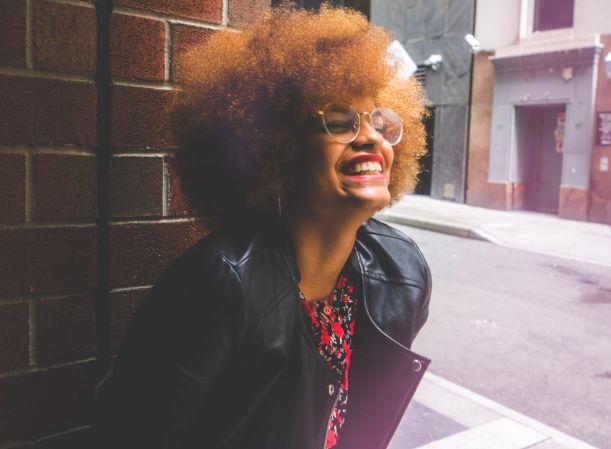Animators Unveil Algorithm To Create Type 4 Hair For Characters
Could A Disney Princess Finally Rock Type 4 Hair? This New Tech Says Yes

Disney characters like Moana and Princess Tiana made strides in bringing representation to animated films by showcasing women of color with curly, coiled hair. Now, animators are working to advance technology even further for Black women, with the goal of bringing characters with type 4 hair to the big screen.
In an interview with Allure, Theodore Kim, a computer science professor at Yale, and A.M. Darke, an associate professor of performance, play, and design at the University of California, Santa Cruz, shared that they have developed the first-ever algorithm designed to simulate Afro-textured hair for animated characters. The duo also published a paper about their innovative technology in October of that year.
RELATED CONTENT: NEW TRAILER: ‘Iwájú’ Is A New Afrofuturistic Animated Series Coming To Disney+ On Feb. 28

How does it work?
The groundbreaking equation, which took nearly a year to develop, represents a completely new approach that challenges the traditional physics used in animation software. Named HOBAK, the system aims to replicate the time-efficiency of animating Afro-textured hair by integrating three distinct animation techniques: phase locking, period skipping, and switchbacks. Each of these methods is designed to simulate specific characteristics of Afro-textured hair, including texture and movement.
As Darke explained to Allure, phase locking models the “spongy” tight knit curls often found at the root of the scalp in type 4 hair, while period skipping addresses what Darke calls the “frizz factor,” the loose stray hairs surrounding the curls. These strays create a more textured, less defined look—an essential feature for accurately portraying the subtleties of Afro-textured hair.
Switchbacks help animators mimic the curl’s sudden change in direction, for example when a curl may invert or dip unexpectedly. Unlike period skipping, which involves stray hairs, switchbacks represent overall shifts in a curl’s path. Darke describes them as the “special sauce” that adds realism, as natural curls don’t always curl in one consistent direction.
“My favorite reaction so far is folks saying, ‘Now I know what that’s called!’ because it’s such a common feature of curly hair but no one had really described it, much less made it a key feature for crafting digital hair,” the professor told Allure.
Although it may seem straightforward, Kim pointed out that perfecting the equation for type 4 hair is a time-consuming task. Animators no longer rely on pen and paper; instead, they use a mouse and keyboard to painstakingly refine generic hair models until they achieve the desired look.

“This is the new ‘by hand,’” Kim added. “Making the three hairstyles in the paper [a tapered Afro, a long Afro, and a fade] was very challenging; just barely out of the realm of the impossible. There’s still lots of room for improvement.”
Kim and Darke are making impressive strides, and we’re excited to see what they’ll accomplish next. Darke, in particular, has been dedicated to promoting inclusivity in the animation and video game industries. As previously reported, she led the creation of The Open Source Afro Hair Library in 2023, a comprehensive, free database featuring a diverse range of Black hairstyles for video games.
Darke launched the initiative with the goal of normalizing Black representation in the gaming world, after struggling to find Black hairstyles on popular 3D asset websites. The changemaker was shocked to see a number of offensive-looking caricatures of Black men and women from hyper-sexualized Black female tropes to “Jim Crow era mammies and the minstrels,” the UC Santa Cruz associate professor told Vice in 2022.
To bring change and inclusion to the industry, she recruited a team of all Black 3D artists to create the free database that is filled with usable 3D assets for gaming and animation in addition to an online gallery to help bring positive Black representation to the video game world.
We love to see it!
RELATED CONTENT: Doc McStuffins Turns 10: A Chat With Dr. Myiesha Taylor, Loretta Devine And Creator Chris Nee About The Groundbreaking Disney Cartoon









